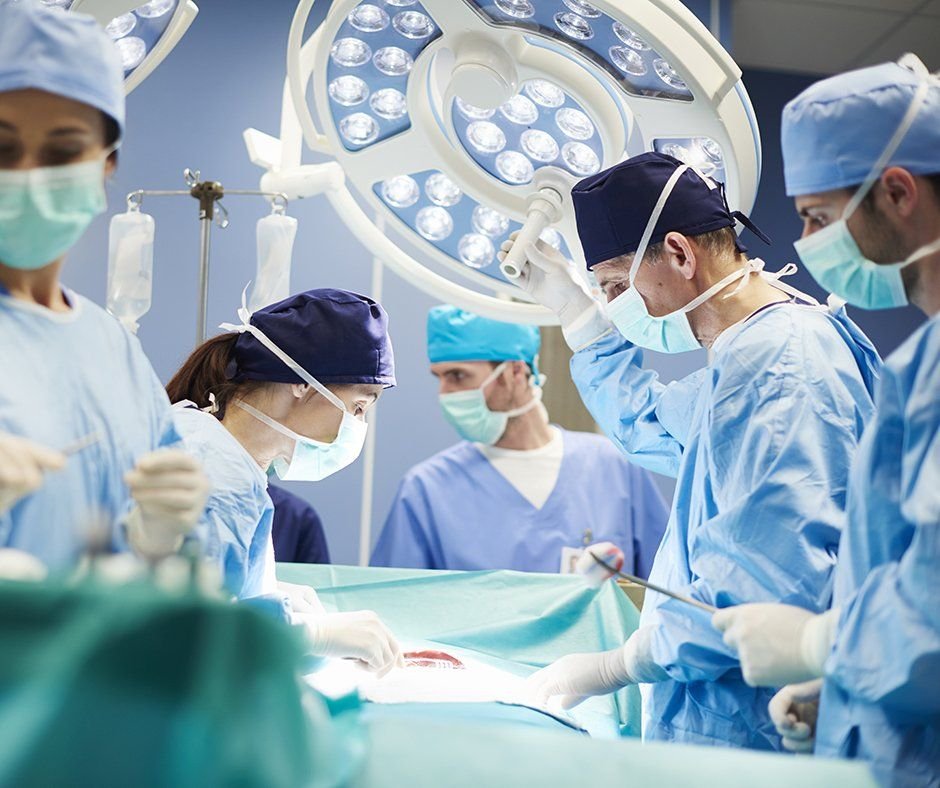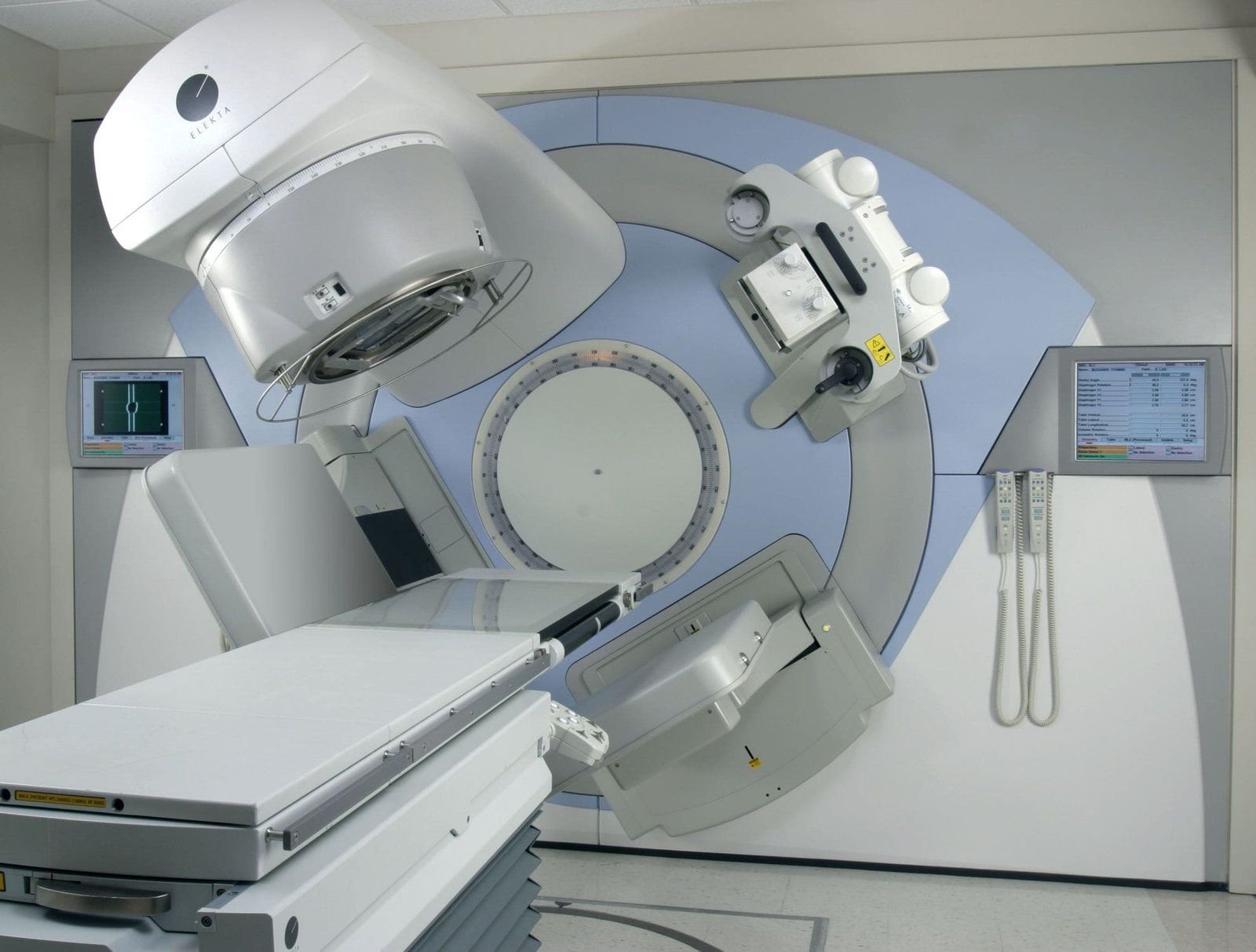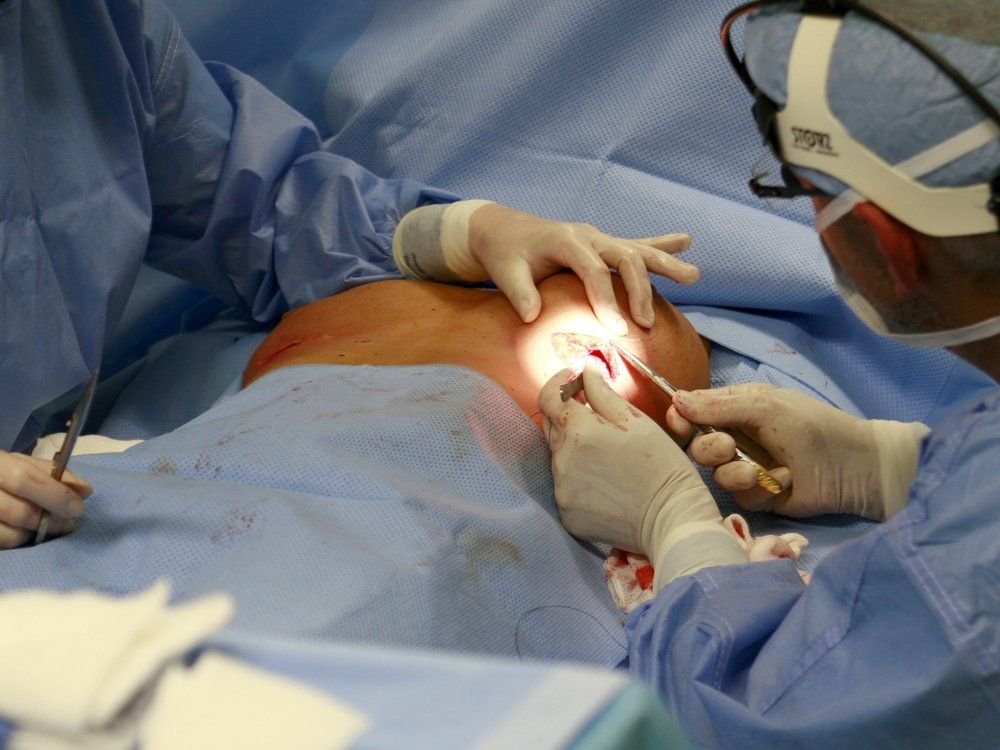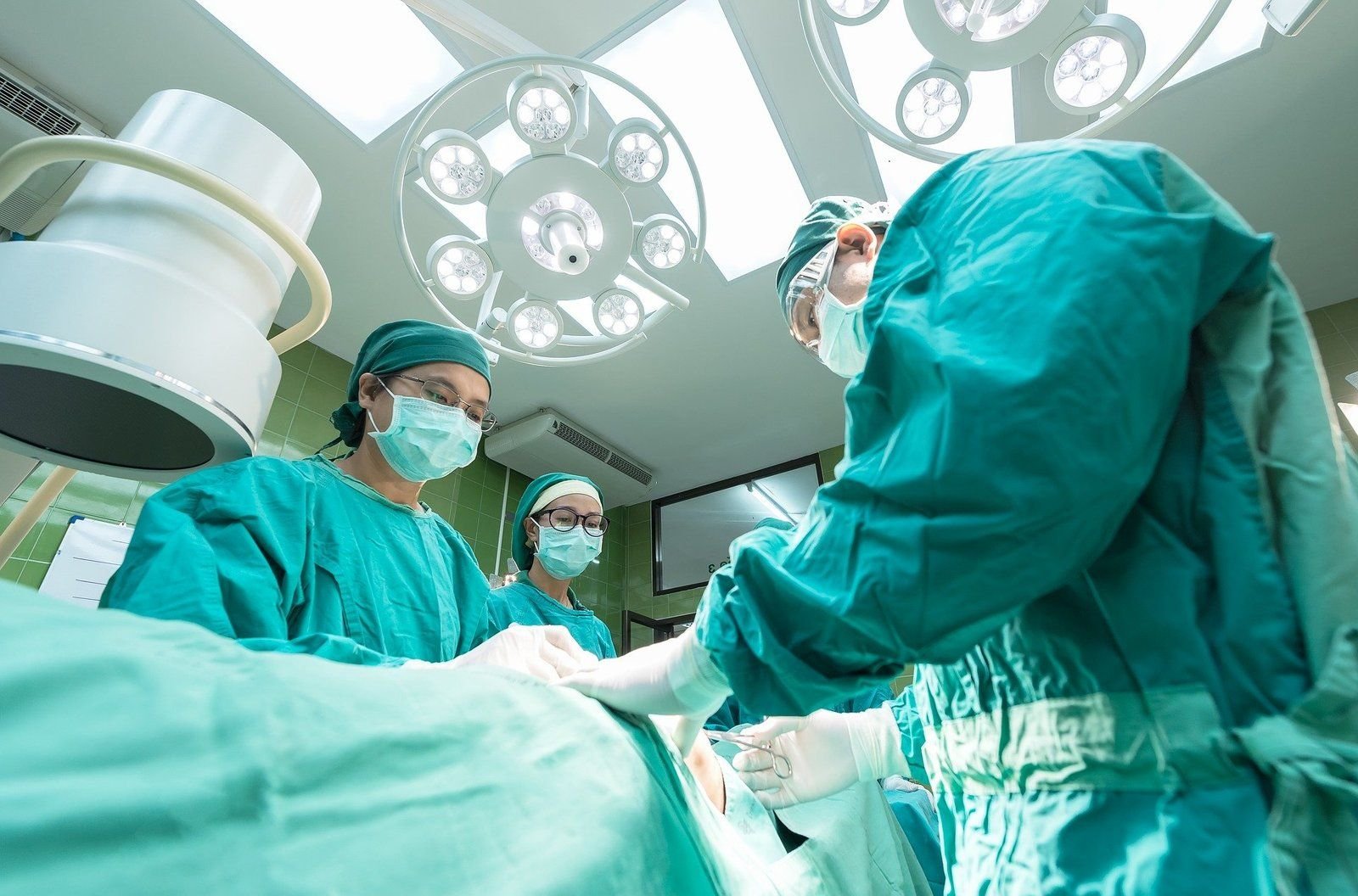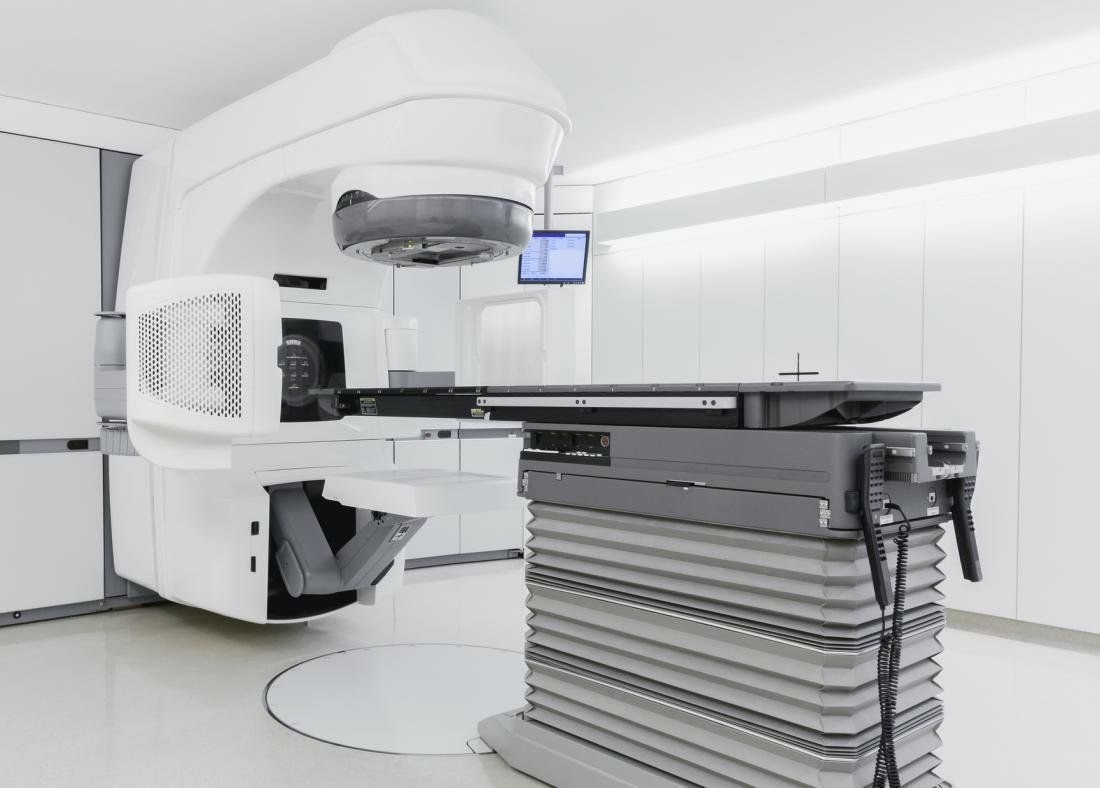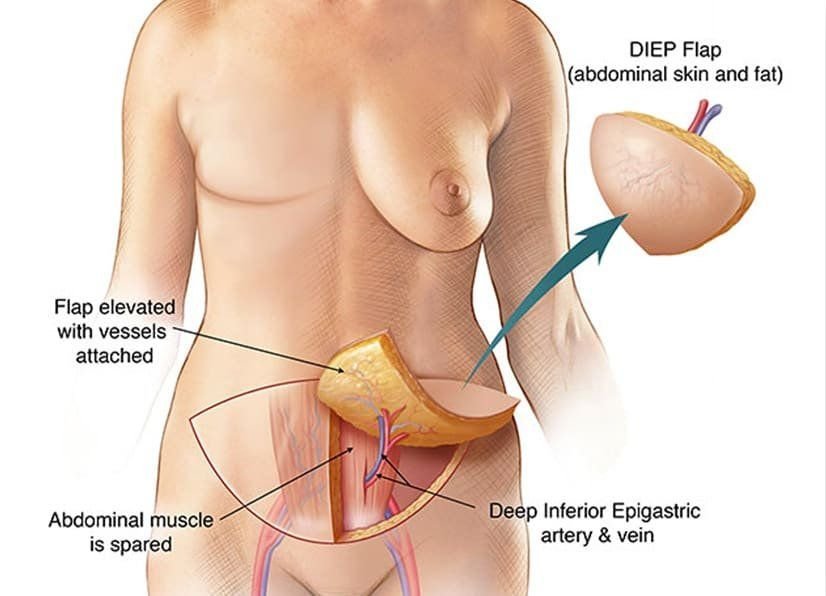How Do They Reconstruct a Breast after a Mastectomy?
If you and your Breast Surgeon make the decision to have a total mastectomy, you will be referred to a Plastics and Reconstructive Surgeon to learn about the reconstructive process. Reconstruction can be done at the same time of the mastectomy, as an immediate reconstruction, or delayed after oncologic treatment is complete. Breast reconstructive surgery involves two primary methods: implant-based or autologous reconstruction.
Types of Breast Reconstruction Procedures
- Implant-Based Reconstruction
Implant reconstruction uses an implant to rebuild the breast mound. The implants are primarily made of either saline or silicone gel and come in a variety of sizes.
The reconstruction can be done in one surgery, known as direct-to-implant reconstruction; however, the majority of cases are done in stages. At the time of the first surgery, a tissue expander is placed. The expander is filled to the desired size in the office and then later exchanged for the final implant at another surgery.
Implants can be a good option for some patients, but they do require “maintenance,” as they are not lifetime devices. This usually requires a future surgery to replace the implant (approximately every 10 to 15 years).
- Autologous Reconstruction
Autologous or flap surgery means using one’s own skin and fat tissue to reconstruct the breast mound. This tissue is removed from the donor site and transplanted to the breast. Several donor sites are available for tissue transfer, including the abdomen (DIEP flap), thighs (PAP flap), or buttocks (SGAP or IGAP flap).
Historically, patients underwent a TRAM flap, which involved harvesting the abdominal muscles in addition to the skin and fat. As surgical techniques have evolved, we have transitioned to muscle sparing techniques like the DIEP flap, which avoids the abdominal morbidity common to the prior TRAM flap procedure.
The abdominal fat has a consistency similar to that of the breast tissue, allowing for a more natural appearing and feeling breast reconstruction, and it does not require any long-term maintenance procedures.
Breast reconstruction can significantly improve a woman’s morale and self-esteem throughout their survivorship journey. Some women view breast reconstruction surgery as a symbolic step to close the cancer chapter and feel whole again.
